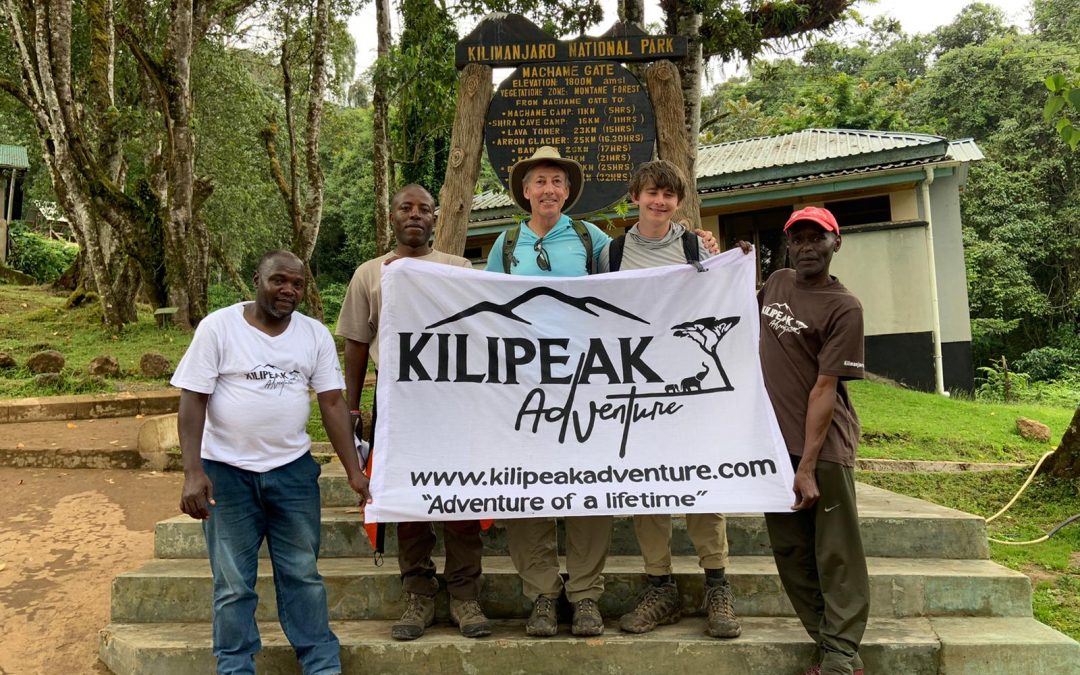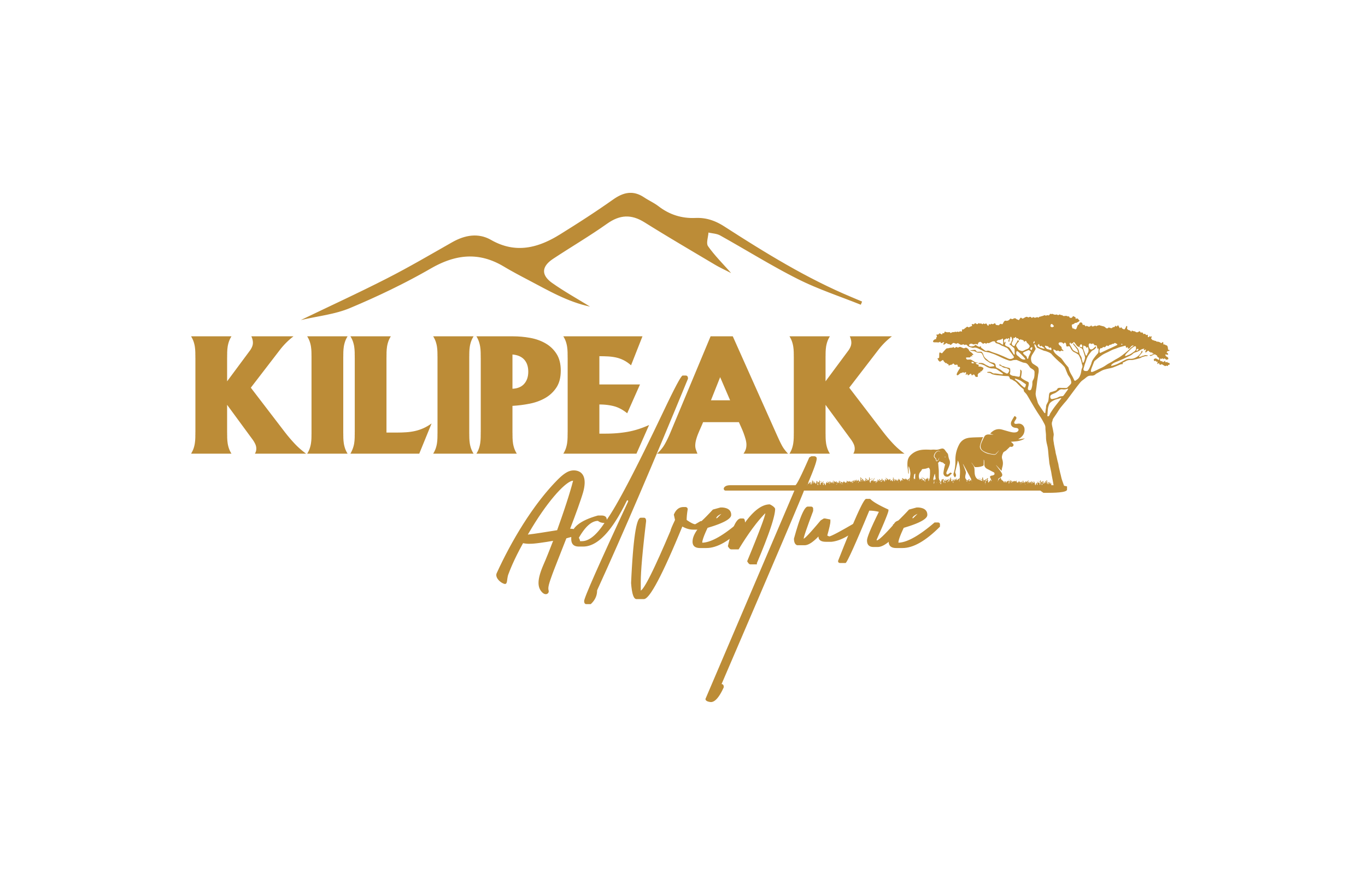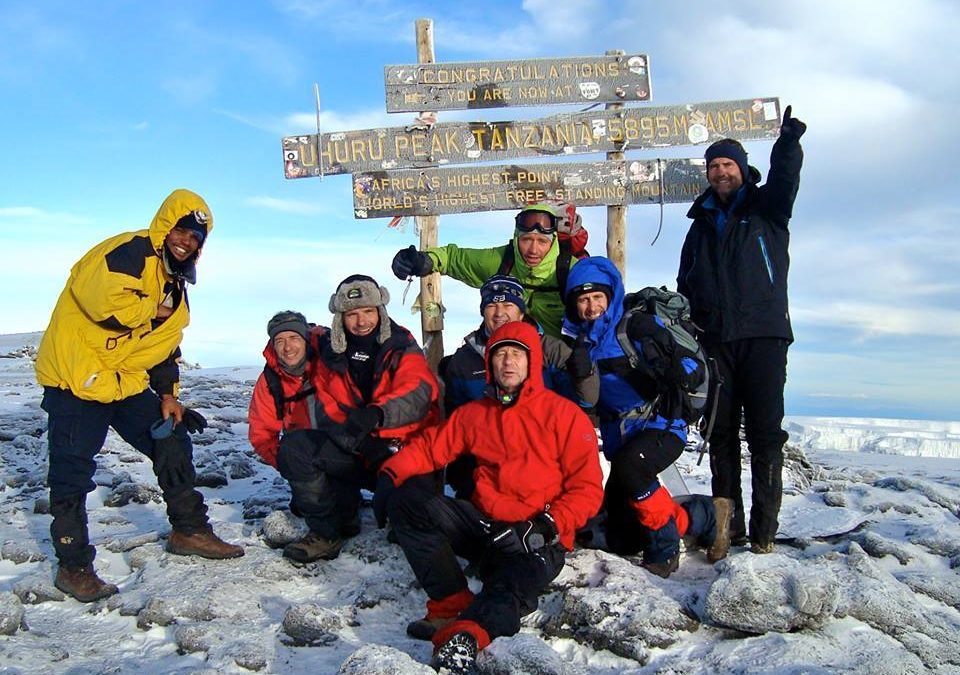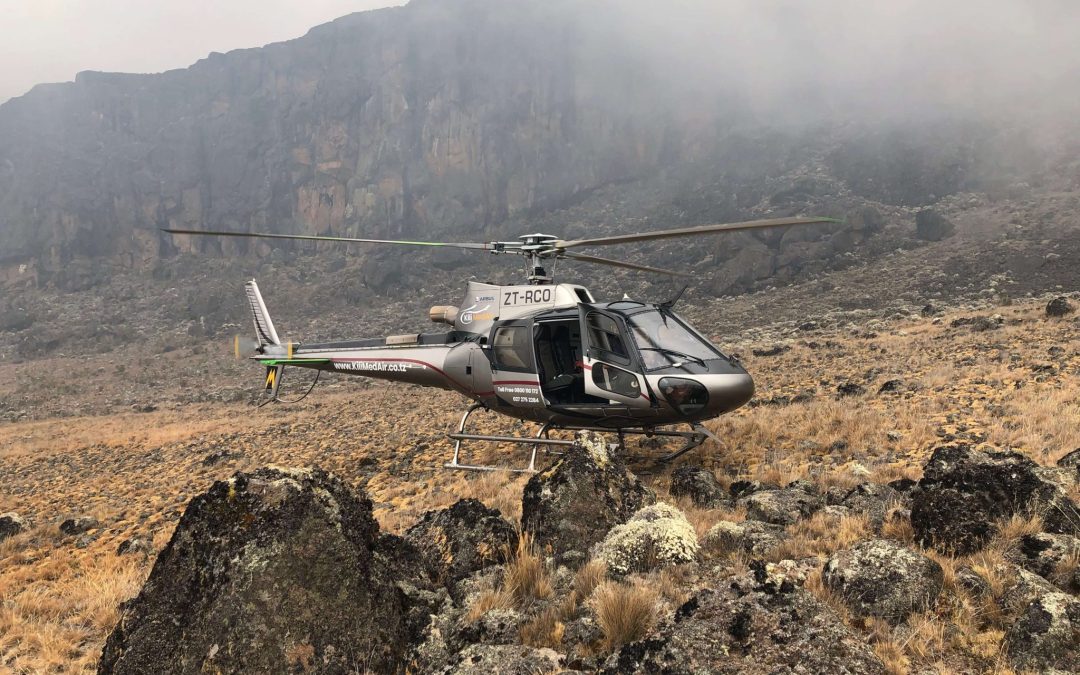
Blog News, The Most Visited Itineraries
MOUNT KILIMANJARO HELICOPTER RESCUE EVACUATION. KiliMedAir the only helicopter-based search and rescue company eager to save lives of people on the Mountain offers the best and modern search and rescue services using helicopters that can fly in any weather. We are making you the hero of our story by making Kilimanjaro the safest tourist destination in Africa.
EVACUATION
An emergency medical service to ensure your safety while hiking Mount Kilimanjaro and Mount Meru with helicopters that can be deployed within 5 minutes. We ensure a quick response and guarantee your safety regardless of the season.
KiliMedAir is committed to ensuring safety for Mountaineers and Safari goers in case of distress. We provide reliable helicopter Medivac with EMS 138 configured helicopter (Airbus H125) from remote areas i.e., Mt. Kilimanjaro, Mt. Meru, and all national Parks in Tanzania.
Tourists can secure any trustworthy insurance that covers medical evacuation up to 6000 meters above sea level if they climb Mt.Kilimanjaro to ensure their safety. For safari-goers any travel insurance is applicable.
Just one call through our emergency call center number 0800110172 and our emergency response team will be at your aid
FAQ ABOUT INSURANCE
What kind of travel insurance do my clients need for a helicopter evacuation on Mount Kilimanjaro?
– Travel insurance which covers Medical Evacuation up to 6,000 Meters, above sea level. It is very important your clients ask the travel insurance companies to include this in their final prices.
Is the same insurance required for evacuation on Mount Meru?
– If clients are climbing Mt Kilimanjaro and they have proper insurance coverage up to 6000m then they will also be covered on Mt Meru.
What do I do if my client doesn’t have this kind of insurance?
– Ask the client to contact their Travel Insurance company to ensure they will have Medical Evacuation up to 6000m.
Why Standard insurance packages do not cover high altitude trekking?
The risk of Acute Mountain Sickness (AMS) increases above 2800 Meters, as do the costs of emergency medical services and evacuation.
Is it possible to be evacuated without a proper insurance?
Yes, you can always count on us to help you in case of distress. In case you lack proper insurance coverage, you will be subjected to pay for evacuation costs after you have recovered.
Do I have to submit my insurance policy to my tour operator?
YES, before starting climbing mt. kilimanjaro, you need to submit your insurance details to your tour operator by filling the climbing manifest form this will help us to shorten the emergency response protocol
What kind of insurance is required for evacuation within national parks and game reserves?
– Any travel insurer that lists medical evacuation (altitude detail is unnecessary).
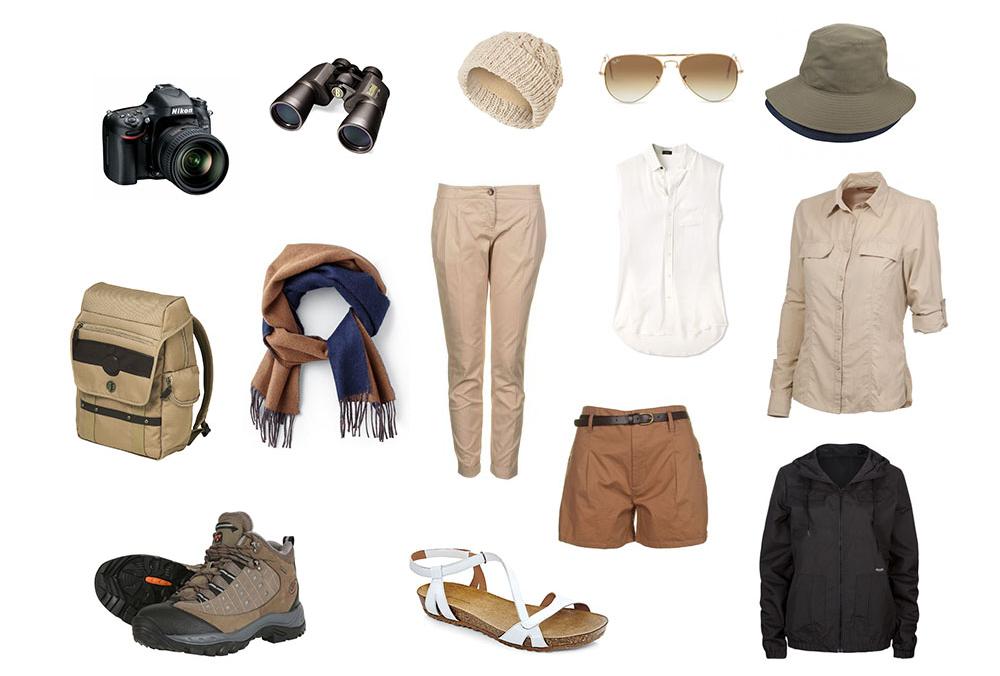
Blog News
What to Pack for Your Safari
Packing for your first safari to Tanzania can be a bit daunting. What do you bring? What don’t you need? Below you’ll find Kilipeak Adventure Company recommended a list of things to bring along with you when you’re on safari.
A day pack
While there is plenty of room in our safari vehicles for your larger suitcase, it’s always handy to have a more manageable bag that you can have with you in the vehicle.
A warm sweater or light fleece
Nights and mornings in East Africa can be cold, so it’s always good to have something a little warmer to throw on until the sun warms the plains up.
A windbreaker or waterproof jacket
You never know when there’s going to be a sudden squall or downpour, so packing a lightweight rain jacket is a good idea.
While you’ll be safe and dry inside your safari vehicle, a rain jacket is a good option for when you’re getting about camp.
Walking shoes or boots
Much of your safari takes place within your safari vehicle, but you’ll need a comfortable pair of shoes or hiking boots for walking to your lodges, snapping photos from the picnic spot, or if you’ve added any walking safaris to your itinerary.
Even in the car, you’ll want a pair of comfortable shoes that cover your skin to prevent sunburn and insect bites.
A long sleeve dress shirt and trousers
Perfect for both sun protection and to ward off hungry mosquitoes, a long sleeve shirt and trousers are also a good option for a cold morning or evening.
If you’re staying in nicer lodges, you’ll also want these handy for dinner and drinks at the end of a long day.
Sunglasses
The sun in East Africa can be quite intense, so sunglasses are a good protective measure and have the benefit of reducing glare while you’re game-viewing.
Hat
Sun protection should be a priority while you’re on safari. While your vehicle provides shade, having the top up for game-viewing means you’ll be exposed to the elements.
A good hat is a great way to avoid nasty burns or heatstroke.
Sunscreen and lip balm
Another valuable precaution against the often harsh equatorial sun, sunscreen, and lip balm will protect you where your clothes don’t.
Insect repellent
Mosquitoes and tsetse flies are both capable of carrying diseases and their bites can be quite irritating or painful. Tsetse flies can deliver a particularly nasty sting.
A good insect repellent is a good way to ward off these blood-thirsty little guys.
Camera
It goes without saying that you’re going to want a camera for your safari adventure. While in some cases your smartphone will be enough to snap a shot, a camera with a good zoom lens is the perfect companion.
Binoculars
Kilipeak Adventure vehicles come standard with a single pair of binoculars that you can share with your driver, but having your own pair is a good way to ensure you don’t miss a second of the action.
You don’t need an expensive pair. Even a travel-sized pair of binoculars is sufficient for game-viewing.
Batteries and/or charger for your camera
You don’t want to be midway through a day on safari and suddenly run out of battery for your camera.
Our vehicles come standard with in-car charging stations, but it’s always a good idea to travel with an additional battery.
Additional SD cards are also a good idea to ensure you don’t need to stop deleting photos.
A flashlight or headlamp
The wilderness can be pretty dark, so a headlamp or flashlight can be essential when moving about camp after dark.
Many lodges provide these, but those staying in budget camps will want to bring their own.
Guide books
You don’t need a hefty Lonely Planet for your safari, but having a wilderness guidebook is a good way to build a ‘to-do list’ for your trip. Your driver is a font of knowledge when it comes to animal, bird, and plant life too. Don’t hesitate to ask questions!
Phone and charger
Whether it’s to stay in touch, to share your photos, or just so you can snap pictures on the fly – bringing along your smartphone is a good idea.
Savvy travelers may wish to purchase a local SIM card, but many hotels have WiFi.
While on safari in Tanzania, our vehicles also come with WiFi, although this is dependent on location.
A good book
You’ll rarely find yourself without something to see while on safari, but there is going to be some downtime.
Whether it’s the drive to or from the airport or just a lazy night at your lodge, having a good book (or a Kindle) on hand is a great way to pass the time.
Tissues/Wet Wipes
While all national parks and lodges have toilet facilities available, there’s no telling when nature might call and you’ll need to make use of the famous ‘bush toilet’.
Having a packet of tissues or wet wipes in your pack is always a good idea.
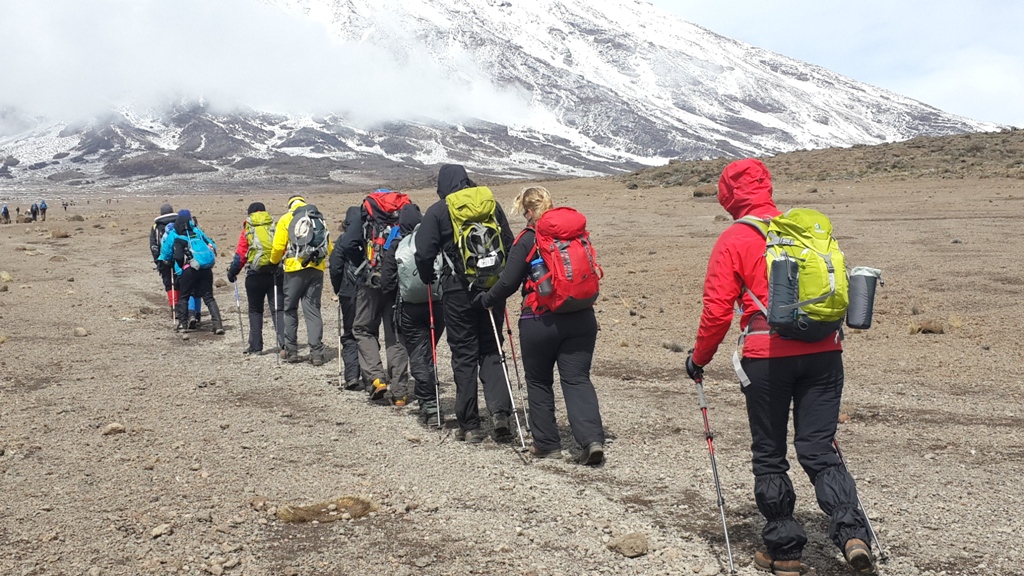
Blog News
MOUNT KILIMANJARO NATIONAL PARK
Kilimanjaro is the highlight of most visitors’ experiences in Tanzania. Few mountains can claim the grandeur, the breathtaking views of Amboseli National Park in Kenya, the Rift Valley, and the Masaai Steppe, that belongs to Kilimanjaro. Hiking on the ‘rooftop of Africa’ — the highest point on the continent at 5896 meters — is the adventure of a lifetime, especially because, if paced well, everyone from seasoned trekkers to first-time enthusiasts can scale the snowy peak. For more information, see the ‘Mountain Climbing‘section under ‘Things to Do.
Kilimanjaro. The name itself is a mystery wreathed in clouds. It might mean Mountain of Light, Mountain of Greatness or Mountain of Caravans. Or it might not. The local people, the Wachagga, don’t even have a name for the whole massif, only Kipoo (now known as Kibo) for the familiar snowy peak that stands imperious, overseer of the continent, the summit of Africa.
Kilimanjaro, by any name, is a metaphor for the compelling beauty of East Africa. When you see it, you understand why. Not only is this the highest peak on the African continent; it is also the tallest free-standing mountain in the world, rising in breathtaking isolation from the surrounding coastal scrubland – elevation around 900 meters – to an imperious 5,895 meters (19,336 feet).
Kilimanjaro is one of the world’s most accessible high summits, a beacon for visitors from around the world. Most climbers reach the crater rim with little more than a walking stick, proper clothing, and determination. And those who reach Uhuru Point, the actual summit, or Gillman’s Point on the lip of the crater, will have earned their climbing certificates.
And their memories.
But there is so much more to Kili than her summit. The ascent of the slopes is a virtual climatic world tour, from the tropics to the Arctic.
Even before you cross the national park boundary (at the 2,700m contour), the cultivated foot slopes give way to lush montane forest, inhabited by elusive elephant, leopard, buffalo, the endangered Abbot’s duiker, and other small antelope and primates. Higher still lies the moorland zone, where a cover of giant heather is studded with otherworldly giant lobelias.
Above 4,000m, a surreal alpine desert supports little life other than a few hardy mosses and lichen. Then, finally, the last vestigial vegetation gives way to a winter wonderland of ice and snow – and the magnificent beauty of the roof of the continent.
About Kilimanjaro National Park
Size: 1668 sq km 641 sq miles).
Location: Northern Tanzania, near the town of Moshi.
Getting there
128 km (80 miles) from Arusha.
About one hour’s drive from Kilimanjaro airport.
What to do
Six usual trekking routes to the summit and other more-demanding mountaineering routes.
Day or overnight hikes on the Shira plateau. Nature trails on the lower reaches.
Trout fishing.
Visit the beautiful Chala crater lake on the mountain’s southeastern slopes.
When to go
Clearest and warmest conditions from December to February, but also dry (and colder) from July-September.
Accommodation
Huts and campsites on the mountain.
Several hotels and campsites outside the park in the village of Marangu and the town of Moshi.
More info on accommodation
NOTE:
Climb slowly to increase your acclimatization time and maximize your chances of reaching the summit.
To avoid altitude sickness, allow a minimum of five nights, preferably even more for the climb. Take your time and enjoy the beauty of the mountain.
NOTE 2:
NEW RATES FOR PORTERS AND GUIDES
The year 2020 2021
Porters
USD 10 per day
Cooks
USD 15 per day
Guides
USD 20 per day
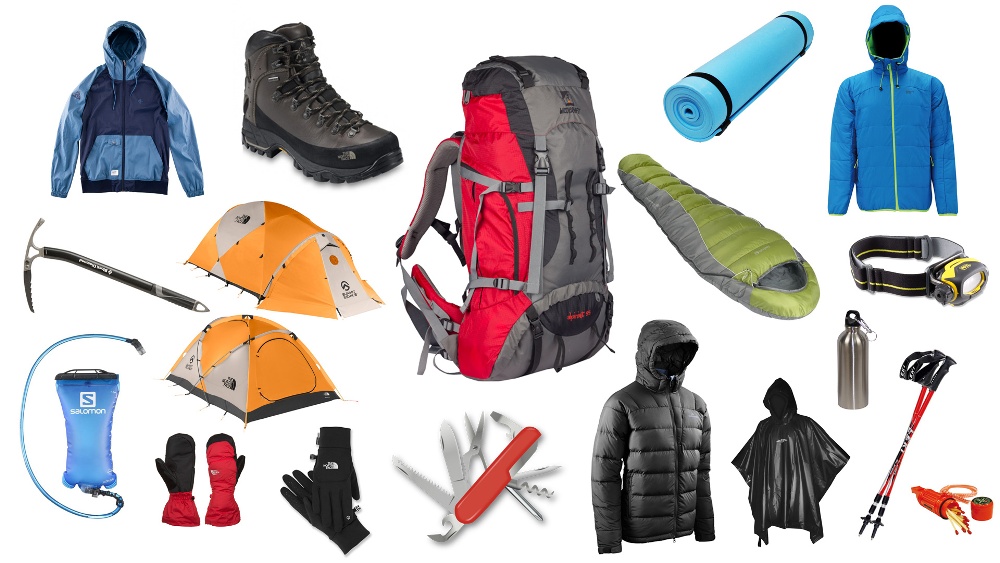
Blog News
Kilimanjaro Packing List | Best Gear for Kilimanjaro Trip
Now that you’ve made the decision to climb the highest peak in Africa, it’s time to prepare. We know that planning a Kilimanjaro packing list can seem a daunting task, so we’ve made it as easy as possible for you by putting together an extensive packing guide that you can follow! If you pack everything in our list, you can rest assured you’ll be fine on your Kilimanjaro trek.
During a day on Kilimanjaro, the temperatures can easily range from the high 20’s (centigrade) right down at night to -15c. To cope with this huge range in temperature your clothing and kit strategy needs to be based around combining lots of thin layers that you build up and take off as the weather demands.
Please note that Tanzania is implementing a ban on the use of single-use plastic bags on 1st June 2019. Please ensure that none of the items in your luggage are packed in plastic bags – if you are looking to separate items in your bag, please consider re-usable ‘packing cubes’. Please also be aware that disposable plastic bottles are not permitted on Kilimanjaro National park.
Kilimanjaro National Park operates an absolutely strict limit of 15kg per porter for your main equipment bag, which includes your sleeping bag. This is more than sufficient for your needs on the mountain. Your bag will be weighed before you leave the hotel to start the climb and if it is overweight you will have to check unnecessary take items and leave them at the hotel or we can arrange for an extra porter on the briefing time.
Kilimanjaro Packing List | Best Gear for Kilimanjaro Trip see below
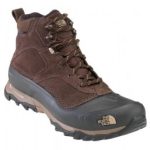
Solid Hiking Boots– Boots should have high ankle support with a solid Vibram®, or equivalent, sole. Gore Tex®, or other waterproofing, is recommended to have for wet days as well as added insulation. Be sure to break your boots in at least 4 WEEKS prior to departure. Additionally, bring a spare set of laces.
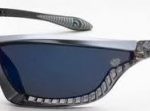
Sun Glasses – Your sunglasses should have 100% UV protection and should reduce glare as well as visible light. The frames should be lightweight with a wrap-around design for enhanced grip and staying power. Additionally, side shields are recommended to block peripheral light.
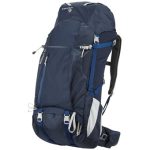
Day Pack – The most important things to look for if you need to purchase one are size (30L is good), hydration pack compatibility, hip, and chest straps, internal frame, good padding on shoulder straps, and water bottle holders
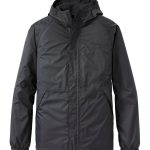
Water/Windproof Jacket – Your water/windproof jacket is your outer water-repellent layer. Gore-Tex, seam-sealed is recommended as well as a hood for added warmth.
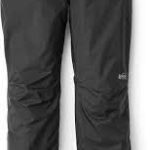
Water/Windproof Pants – Your water/windproof pants will be worn on summit day as well as on rainy afternoons. These pants are essential for warmth and should be Gore-Tex lined and have lower leg zips.
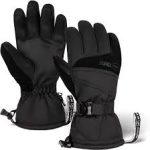
Water/Windproof Mittens or Gloves – These are used for extreme temperatures and primarily worn on summit day. Be sure your gloves or mittens have a wrist cord as well as a reinforced palm to maintain grip during wet conditions. A removable liner is essential for drying, washing, and replacing.
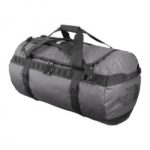
2 large duffel bags – One we will leave at the hotel in Arusha to store non-essential gear when on the mountain (such as clean clothes for changing when off the mountain and for onward travel) and the other for carriage by the porters when on the mountain.
THINGS TO KEEP IN MIND ABOUT THE ESSENTIALS
Look for items that will add less volume to your overall pack. We will be using porters to carry our equipment however they are limited in the amount each can carry. Heavy synthetic materials will be very limiting and could cause issues when packing up for the hike.
2 pairs of synthetic warm weather trekking socks – These socks are for trekking in the warmest part of the day since they are made of a Coolmax® fabric. What is Coolmax®? – CoolMax® wicks moisture dries quickly and breathes well, keeping your feet dry and preventing blisters.
4 pairs heavier synthetic or wool blend socks – Your wool socks are ideal for around camp when the temperature drops as well as on cold mornings. Merino wool is very comfortable and dries quickly with fewer odors than synthetic blends.
2 pairs long underwear top – This will be your base layer for colder mornings, evenings, and days where the temperature drops considerably. The material is lightweight, tight-fitting, moisture-wicking, and comfortable.
2 pairs long underwear bottom – This will be your bottom base layer for colder mornings, evenings, and days when the temperature drops considerably. The material is lightweight, tight-fitting, moisture-wicking, and comfortable.
Warm pants – These pants are ideal for evenings around the camp and cold days on the trail. Typically made of lightweight fleece and Wind Pro material, these pants should offer the added warmth in case of cold nights or high winds on the summit.
Fleece Top – This Polartec® 200 weight top will provide added warmth during the evenings as well as on a cold morning starts. Please look for fleece material and stay away from cotton sweatshirts. Ideally, this item is worn over the thermal base layer and underneath your water/windproof jacket.
2 pairs of Shorts/Pants for Hiking- These convertible shorts/pants will be what we hike in every day. They should be of a lightweight, quick-drying nylon material. Some come with UPF protection and mosquito protection.
2 pairs of long or short sleeve shirts for the trail – Your trekking shirt is what we should wear early in the climb in warmer climates. The shirt is moisture-wicking, lightweight, and designed for multi-day hikes.
Mid-Layer Top – This shirt is a long sleeve version of the one provided above. The long sleeve trail shirt offers added warmth, more protection from the sun, and an additional layer for evenings and early morning starts.
Warm Hat – This fleece or wool hat is ideal for evenings and will be valuable in the event of cold weather and temperatures on the summit. The hat should be tight-fitting with minimal loose ends.
Lightweight Gloves – Fleece gloves are essential. Look for gloves that are Polartec® 200 weight with leather reinforced palm. For more protection wind proofing is available and will add an extra layer of warmth.
Balaclava – The balaclava provides added warmth on summit day and colder evenings. The balaclava should be of synthetic or wool material, lightweight, and close-fitting.
Sun hat – Your sun hat should be worn at the lower camps and should provide ample coverage for the face. A full brimmed hat is good for added shade and increased sun protection. Additionally, a neck scarf should also be considered to protect the back of the neck”.
Waterproof breathable Gaiters – Your gaiters should be lightweight and durable. Look for Gore-Tex lined with the ability to fit over your boots. Velcro or adjustable sides for easy access is recommended.
Down Jacket – 800 fill down jacket will add much need warmth for cold evenings as well as the added layers for summit day. Down is recommended for its comprehensibility and is comfortable around camp in the early nights on the climb. Patagonia, Mountain Hardware, Marmot, and North Face are brands the guides wear.
ADDITIONAL ITEMS:
Head Lamp- Petzl® and Black Diamond® make several models of small and efficient headlamps. Look for ones that have multiple lighting levels, LED bulbs, and uses AAA batteries.
* Please bring at least 3 sets of spare batteries to ensure ample lighting on your summit attempt.
Camp shoes (Teva, Crocs, Sandals) – These are great for around camp after a long day on the trail. These can also be used for creek crossings that may be higher than the boot. Flip flops work well in warmer climates but are not as effective during cold nights.
Hydrator – Hydrators are ideal when hiking for several hours because they enable you to drink slowly and frequently. 2-3 liters is a good size and should fit easily into your pack. All Camelbaks® come with a bite valve, or on/off switch, as well as a large access port for filling. You must bring a NEOPRENE SLEEVE for the hose to prevent freezing.
Bug Spray – DEET-based products work well and we find that the spray-on versions last longer and are less messy. 4-6 ounce repellents that are perspiration and splash resistant are great.
Sun Screen – 30 SPF or higher is recommended as well as waterproof and sweatproof. 8 ounces will be plenty and we typically carry one with 45+ SPF for our faces and a 30 SPF for other exposed areas. Banana Boat, REI, Kinesis, and All-Terrain are good options.
2 wide mount water bottle – A 1-liter water bottle is essential for hydrating at lunch, around the camp, and refilling throughout the day. Stay away from glass and heavy metals and look for lexan® for durability.
* For males, a third water bottle should be considered for use as a potty at night and must be labeled accordingly.
Pillow– A Thermarest® pillow that compresses down or folds into itself is ideal. A good benchmark for size and weight is 18 X 14 inches and 9 ounces total.
Dry Bag – A 20 liter + dry bag is great for ensuring your personal items are safe in case of rain. Cameras, wallets, money, and any other valuables can be kept dry at all times.
Pack Cover – The pack cover is an additional item we recommend everyone carry in case we encounter heavy rains. The pack cover should have a drawstring cord and elastic edges to fit firmly over your bag. A 40-liter cover will work well on any day pack.
Trekking Poles – Collapsible poles are great for steep downhill terrain and assistance up the hill. If you have knee problems they reduce the impact on your joints by 20-30%. A nice soft foam grip will help prevent blisters and the poles with an aluminum shaft are durable and lightweight.
Camp Towel – the camp towel should be of a polyester-nylon blend that dries quickly and compacts tightly in your pack. The large (50 X 27 inches) is a good size and can be used to wash up at the end of the day. Stay away from the house or beach towels.
Kilimanjaro Packing List | Best Gear for Kilimanjaro Trip
optional items:
- Camera
- Paperback book
- Journal with pen or pencil
- Person First Aid Kiband, moleskin or second skin, Ibuprofen, Aspirin)
- Hand sanitizer
- Power Banks
- Hand & feet warmers (2X) – Gel/ air activated are best
- Bandanna
- Cell phone (with solar charger e.g. solar monkey charger) since you tri and quad-band phones work on Kilimanjaro
- Flavored chocolate/energy bars for snacks
- A supply or re hydrate sachets
- 2 extra garbage bags for waterproofing and separating dirty laundry
- Earplugs
- iPod or MP3 player
- Pocket knife
Water-flavoring to mask the iodine taste in the purified water
